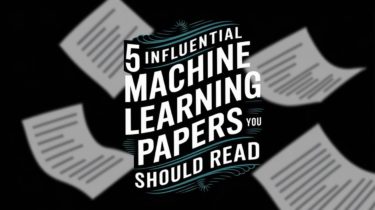Quiz: How to Use Conditional Expressions With NumPy where()
Interactive Quiz ⋅ 10 QuestionsBy Ian Eyre Share In this quiz, you’ll test your understanding of How to Use Conditional Expressions With NumPy where(). By working through the questions, you’ll consolidate the knowledge you gained from the tutorial and take yourself beyond what you learned. To answer some of the questions, you’ll need to do some research outside of the tutorial itself. Embrace this challenge because exploration can take you on a valuable learning journey. The quiz contains 10 questions […]
Read more


